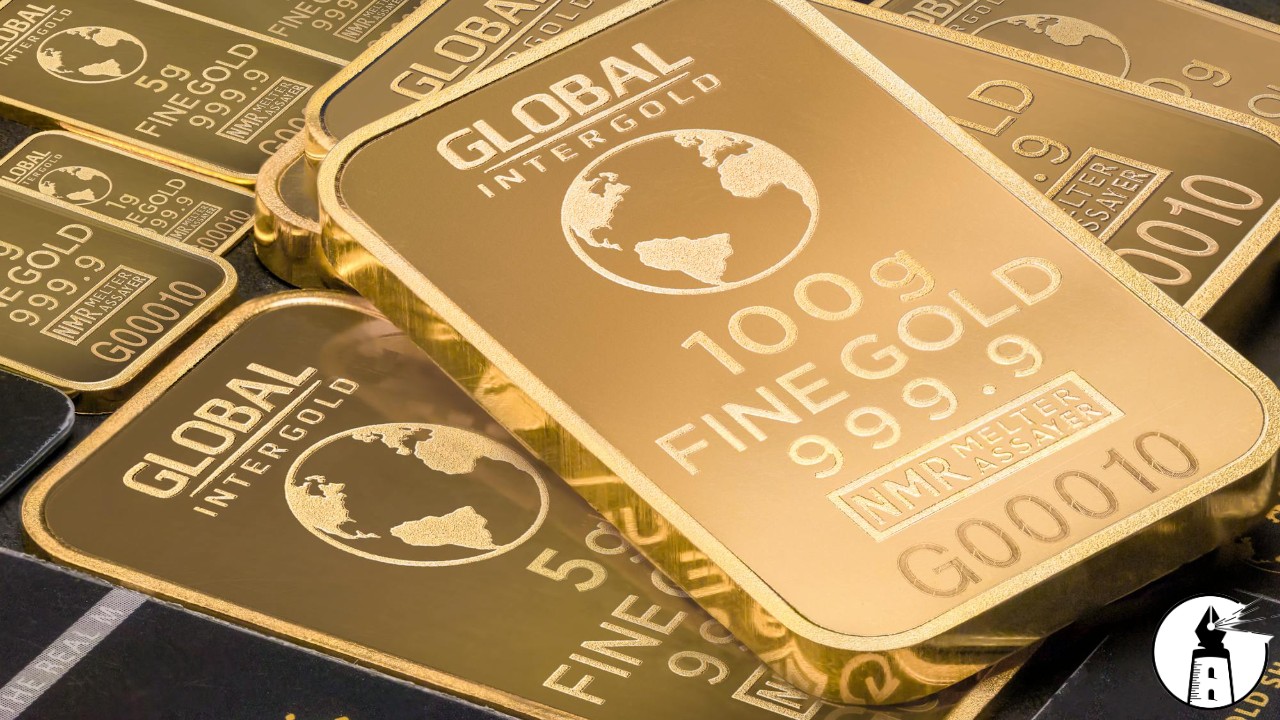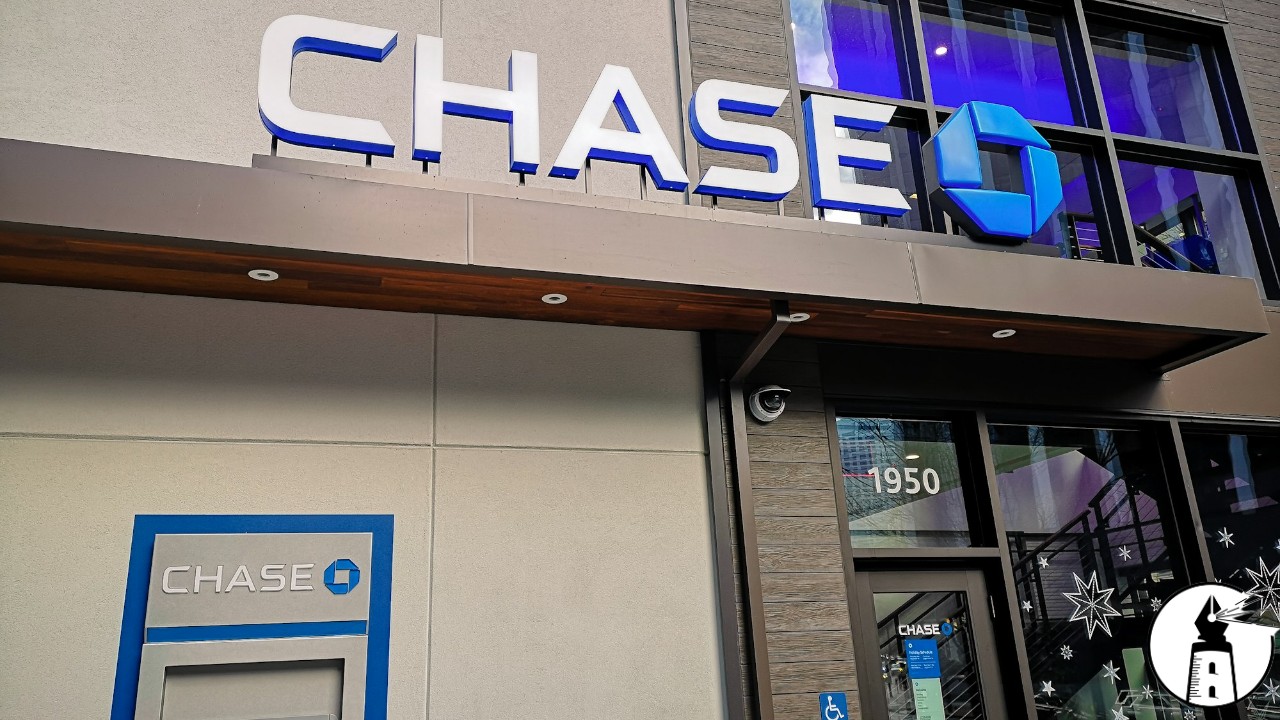The market has recently witnessed an impressive surge in gold prices, with the precious metal hitting record levels and exchange-traded funds drawing renewed interest from investors. For weeks now, gold has been on an upward trajectory, its value reaching new peaks that have captivated market watchers and everyday investors alike. The trend reflects a broader shift as concerns over disruptive trade policies and volatile geopolitical agendas drive many to seek refuge in an asset traditionally seen as a safe haven.
While the rising figures are striking, they also bring to light the inherent limitations of gold as a practical asset in times of economic distress. Even as investors flock to gold as a store of value, its usefulness in everyday transactions remains questionable. In a severe economic downturn, where access to liquid assets becomes critical, converting gold into the cash needed for daily expenses could prove challenging. Established financial systems may falter, and the infrastructure required to trade gold for essential goods may not function as reliably as it does in more stable times.
The current enthusiasm for gold, bolstered by central bank activities and expanding investment vehicles, paints a picture of optimism. However, the reality is that gold, for all its allure, is not a panacea for economic hardships. Its role is best understood as one component in a diversified financial strategy, rather than a stand-alone solution to the complex challenges posed by an economic depression. As history has shown, during periods of severe economic strain, the assets that most effectively support everyday life are those that combine both stability and liquidity.
Ultimately, the current gold rally underscores a dual narrative. One of market exuberance fueled by global uncertainties and one of caution regarding the practical limitations of relying on a commodity that, while valuable, may not seamlessly translate into the necessities of daily life during hard times. The soaring prices invite a sense of security, yet they simultaneously remind us that an asset’s market performance does not necessarily equate to its utility in the throes of a financial crisis. The delicate balance between preserving wealth and maintaining liquidity becomes a pivotal consideration when economic conditions force a reexamination of conventional financial strategies.
In these turbulent times, the dramatic climb in gold’s value serves as both a beacon and a warning. It highlights the asset’s potential as a safeguard against currency devaluation and market volatility, while also exposing the limitations inherent in relying solely on a non-liquid investment during emergencies. Investors are urged to look beyond the glitter of record highs and to weigh the practical challenges of transforming wealth into usable purchasing power when the need is most acute. A well-rounded approach that emphasizes both asset preservation and accessibility may ultimately provide the most resilient defense against economic uncertainty.
—By Greg Collier



